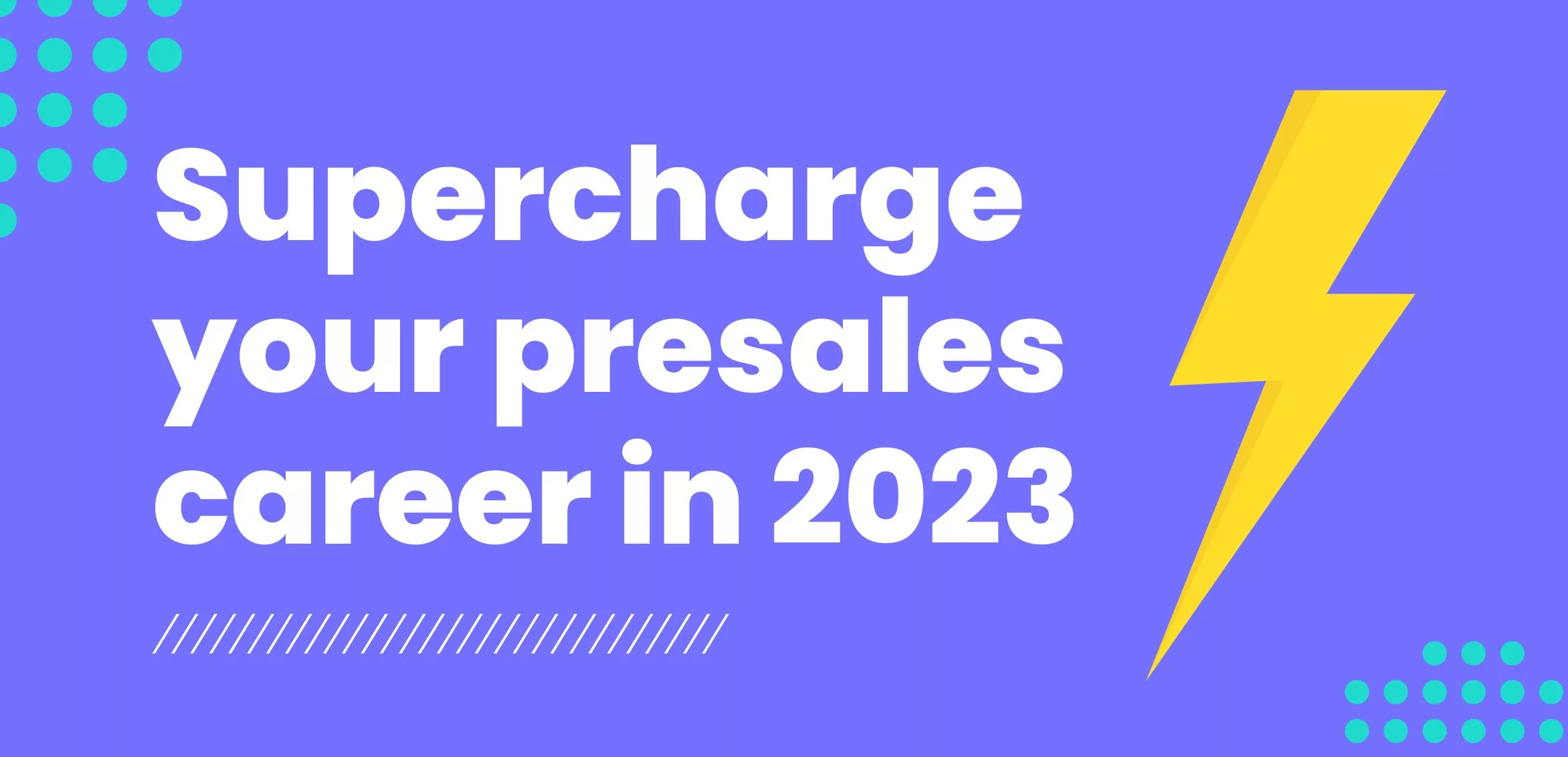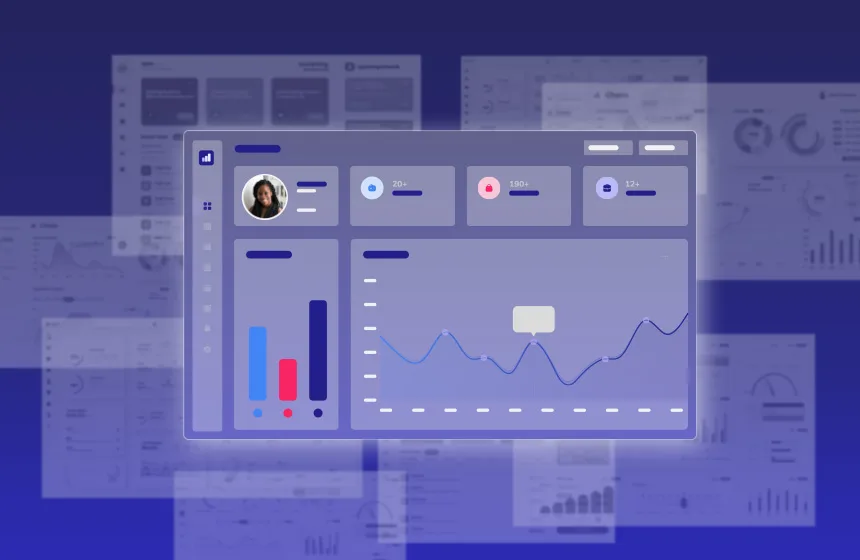Accelerate deals and increase win rates with the leading enterprise AI demo platform.
Supercharge your presales career in 2025: 3 tips from top SEs

August 14, 2025
Table of Contents
It’s that time of year when many of us are thinking about making resolutions for the year ahead of us—planning to run a marathon, eat more greens, or pet more dogs (hey, whatever makes you happier and healthier!).
A lot of us have career goals in mind for 2025 too. But if you’re a presales professional, planning your career path is a little trickier than for other roles.
The typical career advancement ladder in this new-ish and complex field can look more like one of those climbing nets you see on playgrounds—you can go anywhere. That’s thrilling, but a little overwhelming as well.
Whatever your goals are for your presales career in 2025—honing your skills in your SE role, considering a move to management, or exploring other parts of your organization—we’ve got tips for you. And they come directly from the top presales people so you know these tips are solid gold.
Enable efficiency
Let’s be real—pretty much every presales team out there is pressed for time. There are more and more demands for demos and your skills, and there’s just not enough presales talent to go around.
What if you could be the person to take on the task of increasing your team’s efficiency while keeping quality high? You don’t need to be a leader or a manager to make this happen. Just take it from Devion Tharpe, solution engineer at Gravitee.
Meet with your teammates regularly to understand the common patterns you’re all seeing, and then be the person to take on an efficiency project. You can kill the biggest time-wasters for your team in a couple ways.
Maybe you volunteer to create a library of reusable demos for AEs to pull from.
Maybe you put your hand up to create a few leave-behind videos for the most common use cases.
Or maybe you start a Slack channel for AEs to ask questions, and build a repository with FAQs so answering them is a matter of a simple copy and paste.
You get to take on a new role as an SE, increasing your visibility while helping out your entire team. Sure, these projects take time, but you’ll save yourself and your fellow SEs even more time down the road. And it shows you can think beyond your daily tasks to consider the broader business.
Know how to show what matters
How do you know if the demos you’re giving are working? If you’re an early-career SE, it can be tough to tell.
The key in all of these answers is engagement—is your prospect asking insightful questions? Do they seem excited? Do they mention other people who they want to show your product to, or who could benefit from it? Then you’re in.
If it’s quiet all around… then you’re probably not.
Sometimes a demo doesn’t really resonate with a prospect and it’s not anyone’s fault. There’s just not a good fit between the prospect’s pain points and your solution. The demo made that clear, and now everyone will just move on.
But other times, the demo itself wasn’t targeted correctly.
This is one of the biggest challenges, especially for new SEs.
As Daniel Boasberg, solutions engineer at Atlassian, mentions in the video, you need to develop a knack for showing the right things—what the prospect likes about your product, instead of what you like about it.
Some of that simply comes with time. The more prospects you talk to, the more of a feel you have for what makes them light up in a demo. But some of it also comes from gathering data and information about prospect behavior and flexing your demo accordingly.
How to target your live sales demos more effectively
If you’re using a demo creation platform like Reprise, you can dive into the demo analytics to see which parts prospects are spending the most (and the least) time on in your guided demos. Maybe all your prospects in a certain industry are lingering over a feature you had no idea they’d be interested in—try weaving that into your next demo with that persona and see how it goes.
Aligning with your AEs frequently and setting expectations up front is the advice that Katherine Mace, solution engineer at Tableau, gives often. AEs spend a ton of time talking with prospects, so they might be able to share insights about what features prospects want and the value they expect to see. Having a stronger alignment with your AE(s) can help you create more tailored demos that resonate with your prospects.
Choose your own career path
Being an SE sets you up for a role in almost any part of your organization that you can dream of.
You’ve got those deep technical competencies so the product organization might be a good fit. But you’ve also got the business smarts and experience as well—your knowledge of the sales cycle, your industry wisdom, and your soft skills like communicating internally and externally with ease.
That means you can use the SE role as a springboard for launching a path in another part of your company, or somewhere else, down the line. Don’t be afraid to take on projects that align you with a department you might be interested in to start making those connections (and then ask those new connections to grab a coffee and pick their brains).
But the SE role itself can also be super-fulfilling. I don’t really need to tell you that—you live and breathe this role—but it’s a good reminder that you can also love where you are right now and happily stay put for the foreseeable future. There’s not a lot of turnover in the SE role at most orgs, and that’s another part of what makes this field so great.
It’s all about what you want from your career—there is no One True Path as an SE. We’re just here to offer some guidance about how to find what fulfills you as you get even better in your current role.






